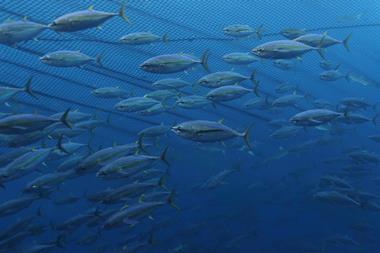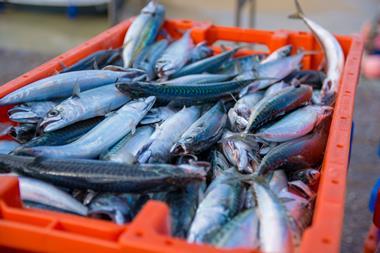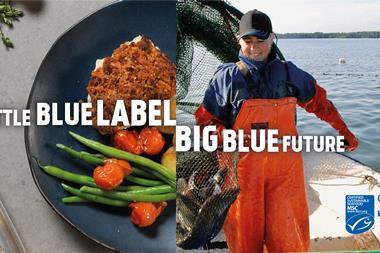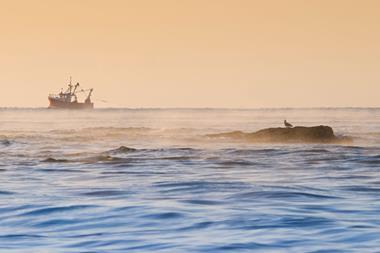
It’s been roughly one year since the transition period ended and the UK fully left the EU. Still, it’s important to remember Brexit isn’t done.
We’re still only seeing the start of the changes Brexit will bring to the seafood industry (and, in truth, the entire food and beverage sector). In the coming years, there will be continual changes as we adjust our operating model and there’s no clear view on when it will settle down.
What has become clear from the initial Brexit conversations and the transition period through to present day is that no part of the industry has been left untouched by the changes. The added effects of the Covid-19 pandemic have created a perfect storm – from labour shortages to new export processes, almost every individual and organisation involved in Scottish seafood has been hit hard in recent years.
Twelve months on, now is the perfect time to review the impact of Brexit, and consider what the seafood industry will look like in the future.
The (not so) Scottish seafood workforce
Labour shortages remain one of the biggest concerns for Scottish seafood providers. Before Brexit and the pandemic, Eastern Europeans represented 52% of the overall Scottish seafood workforce. Rural communities with limited local populations relied even more strongly on imported labour, with up to 92% of the workforce coming from the EU.
Since the Brexit result, the number of EU citizens coming to work in Scotland’s seafood sector has been on a downturn, compounded by others going home because of Covid. While we normally would expect a certain number of people to return to their home countries each year, new people came along to replace them. Not any more. The UK government’s strict immigration policy post-Brexit is stopping these new arrivals. As a result we are seeing an average of 20%-25% vacancies left unfilled throughout the industry.
Thankfully we have been told that the shortage occupation list will be reviewed in 2022 and we are working hard as a sector to have seafood processing added. If it is, this will have an enormous positive impact on our ability to bring people into Scotland. While eventually automation may help combat this shortage and our reliance on foreign labour, we need both time and investment funds to transition and make that a viable medium-term solution.
It is also worth noting the Scottish Seafood Association’s ‘Sea a Bright Future’ campaign is an excellent attempt to encourage British people to work in the seafood sector, but most applications have been for office-based jobs rather than on fishing vessels or in processing facilities, where we are seeing most vacancies.
A complicated export process
Businesses have also felt significant impact from changes to the import/export procedures. We all remember the chaos when everything ground to a halt at the start of 2021 due to an untrialled, complex system going live. A year on, the fallout from the new system and subsequent changes is still making its presence felt.
It isn’t just the complicated and repetitive paperwork, though that is enormously time-consuming. Further changes to Export Health Certificates will come into force from 15 January and create further challenges. For example, the new EHCs require the majority of salmon products to be signed off by a veterinarian before the consignment can be approved for export, but there’s already a shortage of veterinarians – and we don’t yet know how this gap can be filled.
The intricacies of the new system also mean that, over the past year, rules were interpreted differently at each border control point; this led to considerable delays when something approved by one control point was denied by another. Given the relatively short shelf life of seafood – particularly shellfish – the real risk of products arriving to their destination spoiled isn’t one many businesses are prepared for or can afford to take.
The increased costs haven’t helped, either. Overnight, the cost of transporting products rose by 30% and packaging has now increased by 50%. Smaller businesses simply can’t cope with this additional financial burden and many have had to refocus on the domestic market, though larger companies have managed to be more resilient, continuing to export into Europe.
Silver linings and looking ahead
The challenges we’re facing won’t disappear overnight. However, it’s been inspiring to see so many people and businesses come together in support of the seafood sector.
The Scottish government stepped up immediately and supported our fishing fleet when it was at real risk, in particular the shellfish fleet. And the Scottish Export Taskforce set up last year with UK and Scottish ministers showed wider national support for our industry. Defra has worked tirelessly to solve many of the system issues that put a stop to exports on 1 January 2021. As and when the full £100m UK Seafood Fund becomes available, we should be able to invest in true innovation within the sector, with investment in catching and processing sectors, and a skilled workforce for the future.
There has been a sense of realism on the retail side in particular: in the lead-up to Christmas, one seafood supplier told us they had never seen their retail customers so relieved to be only getting 70% of their orders due to the lack of processing staff. In previous years that would have been unacceptable. This level of understanding will definitely go a long way in helping Scottish businesses survive.
Ultimately, we know the Scottish seafood sector will survive the challenges brought by Brexit and Covid. It is such a vital part of our economy and we simply can’t let it fail. With support from both the public and private sectors, we must focus on accelerating new processes including automation, while maintaining the same high-quality seafood as before.



















No comments yet